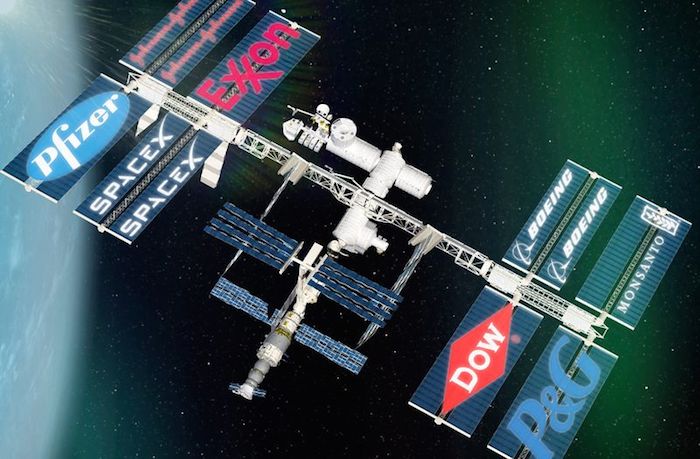After 15 years as a pure research lab, the International Space Station might be ready for business.
NASA is soliciting ideas from private enterprise on ways to use the orbiting laboratory for commercial purposes, taking another, tentative step in U.S. efforts to create a marketplace in space. NASA posed the request as a way to engender “out of the box concepts” for the space station since the agency says it’s become clear that “companies don’t think they can go straight to a commercial space station without continuing to take advantage of the ISS to test the waters and see what really will sell or where there may be issues.”
“Commercial companies continue to approach NASA to use the ISS in ways we never imagined,” the agency said in a blog post accompanying its request for information (RFI). The solicitation is designed “to determine private market interest in using unique ISS capabilities that have limited availability.”
NASA also requested ideas on operating models, contract structures, and other sustainable business plans for future commercial endeavors 250 miles above the planet. “It’s an opportunity to gather new ideas from people/industry for future opportunities on the space station,” NASA spokeswoman Tabatha Thompson said in an e-mail.
In its RFI, NASA stressed that that for the moment, it just wants to hear ideas. It doesn’t have a budget to help spur any proposed projects, or plans to release them for public perusal. NASA received 11 submissions “from a broad range of respondents including individuals, small companies and large companies,” Sam Scimemi, division director for the ISS program, said in an e-mail. Orbital ATK Inc., which has a NASA contract to ferry supplies to the ISS, confirmed that it had submitted information, which it declined to reveal.
The space station is “emblematic” of how government-funded technologies are migrating to the private sector, said Frank Culbertson Jr., president of Orbital ATK’s Space Systems Group and a former NASA astronaut. He spent four months aboard the ISS in 2001.
“The station is now much more affordable as a research and development platform for commercial companies,” Culbertson said in a statement. “As an astronaut who lived aboard the ISS myself, I am particularly interested in human research beyond low earth orbit and the use of the space station as a testbed for technology demonstrations that will eventually support NASA’s increasingly ambitious missions to deep space.”

Two other companies that work closely with the space agency, Boeing Co. and Space Exploration Technologies Corp., declined to comment. Boeing is the prime contractor on the ISS, with a five-year, $1.2 billion deal through September 2020. Part of that contract calls for it to assess the station’s “primary structural hardware” and determine whether the outpost’s functional life could be extended through December 2028. The ISS will operate until at least 2024 since NASA agreed in 2014 to keep the lab open for an additional decade. The space station was originally scheduled to shut down in 2020.
During an almost six-hour spacewalk Friday, astronauts Kate Rubins and Jeff Williams installed the first of two new docking adapters to allow for planned, U.S.-launched crew missions managed by Boeing and Space X. Those contracts will enable NASA to fly astronauts to the ISS in 2018, marking the first time since the space shuttle fleet was retired that they don’t have to hitch a ride on a Russian rocket.
One research area of deep interest to NASA might be how to minimize the harmful effects of space on the human body—from muscle and vision degradation to radiation exposure—as a way to make longer missions feasible.
One analog to this type of exercise is the “CubeSat” initiative, in which NASA allows schools and nonprofit organizations to conduct research in space. These nanosatellites, about four inches cubed, offer groups a platform to engineer and launch experiments while giving NASA access to the research. To date, the agency has chosen 119 CubeSat missions, with 46 already launched and 29 scheduled within 12 months. NASA opened its latest round of submissions earlier this month.
Quelle: Bloomberg

